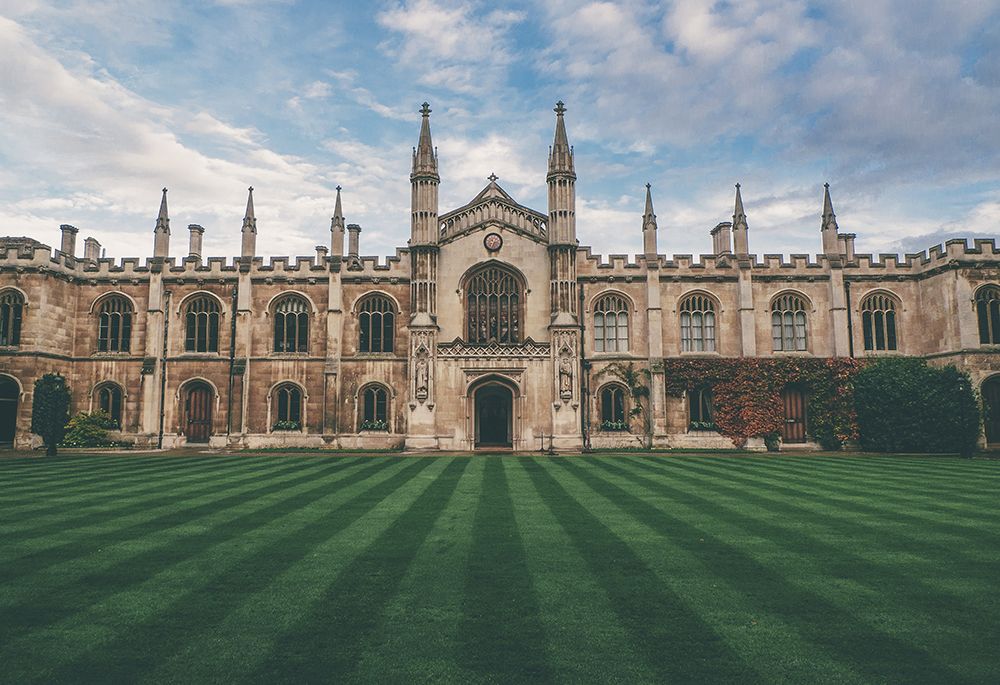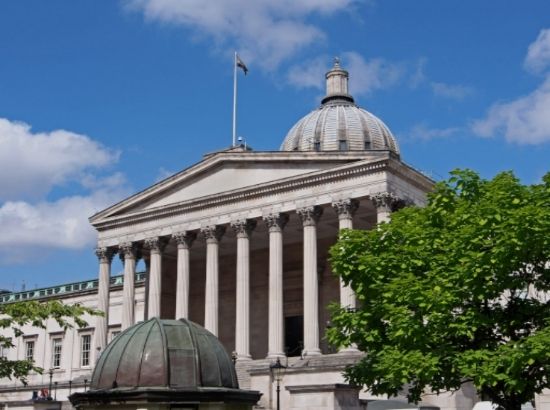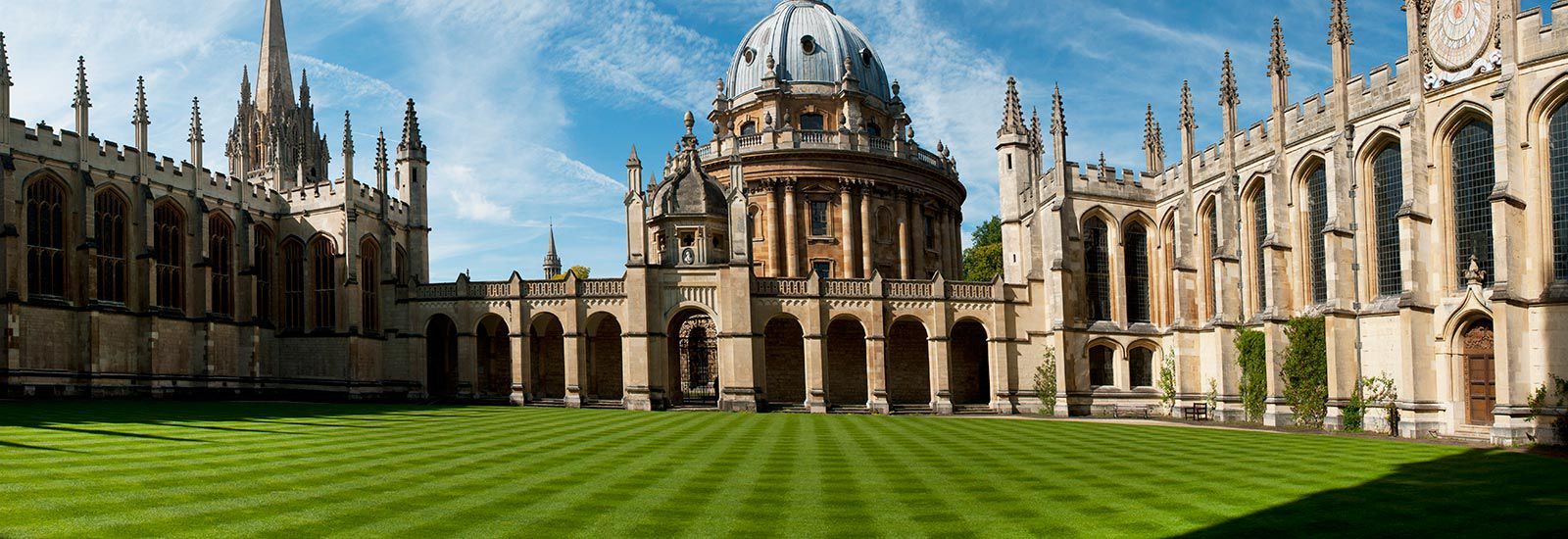Chatea con nosotros
Six popular courses
Medicine
Imperial’s Faculty of Medicine is one of the largest in Europe, with medical campuses across north and west London and partnerships with a wide range of NHS Trusts, hospitals and clinics.
Mathematics
Imperial's Math Department trains professional mathematicians to pursue the study of abstract, scientific and technological problems by mathematical methods.
Computing
Imperial's computing degrees are designed to ensure students will have detailed exposure to both the theoretical and practical aspects of Computing.

Physics
Physics at Imperial covers a broad range of topics in both fundamental and applied physics. All courses follow the same core curriculum in physics, maths and experimentation for the first 2 years.
Chemical Engineering
In this professionally accredited course, students learn to apply scientific, engineering and business principles to a variety of complex practical issues.
Materials Science and Engineering
This course focuses on understanding the relationship between the fundamental structure and properties (mechanical, electrical, optical and magnetic) of matter.


